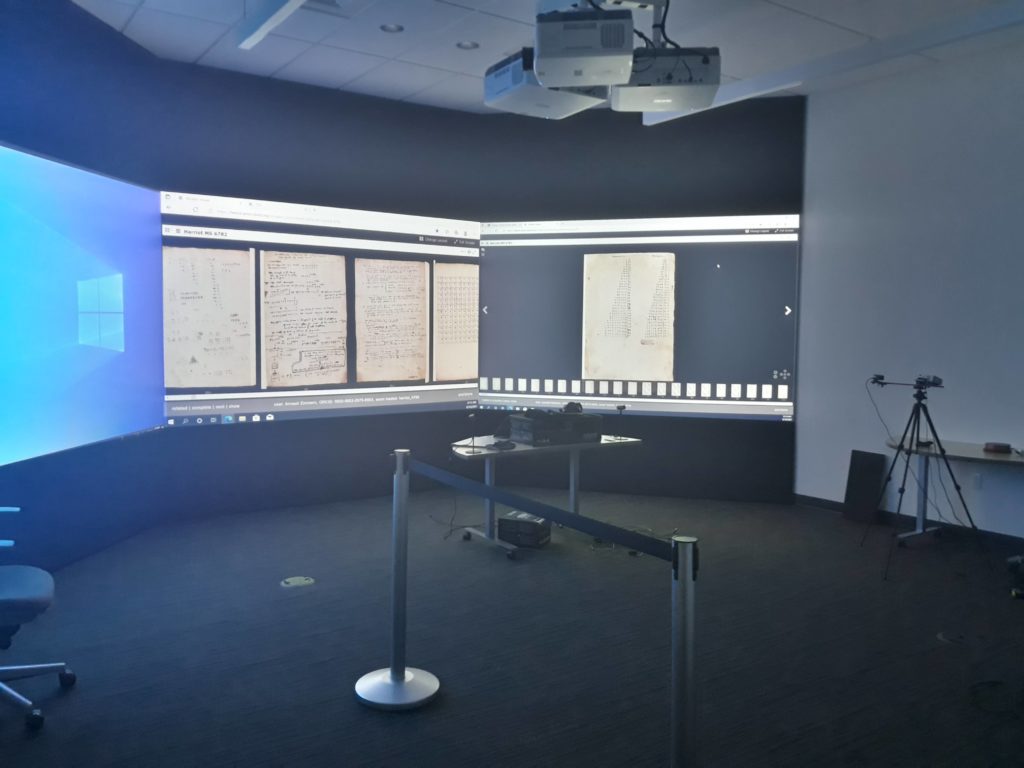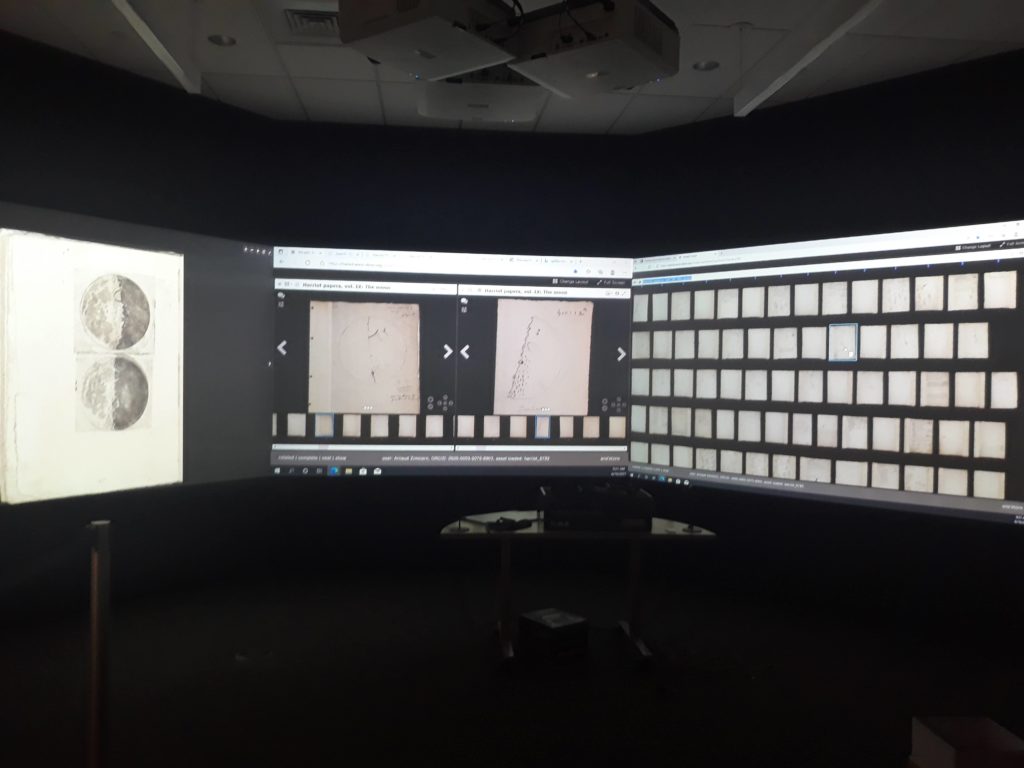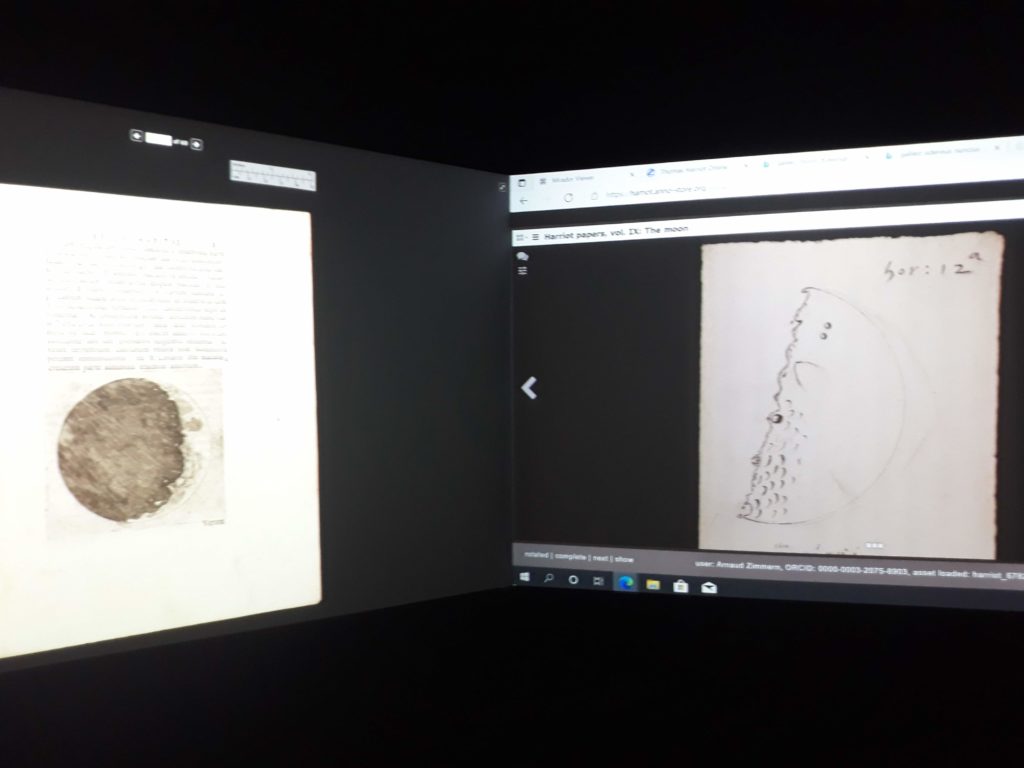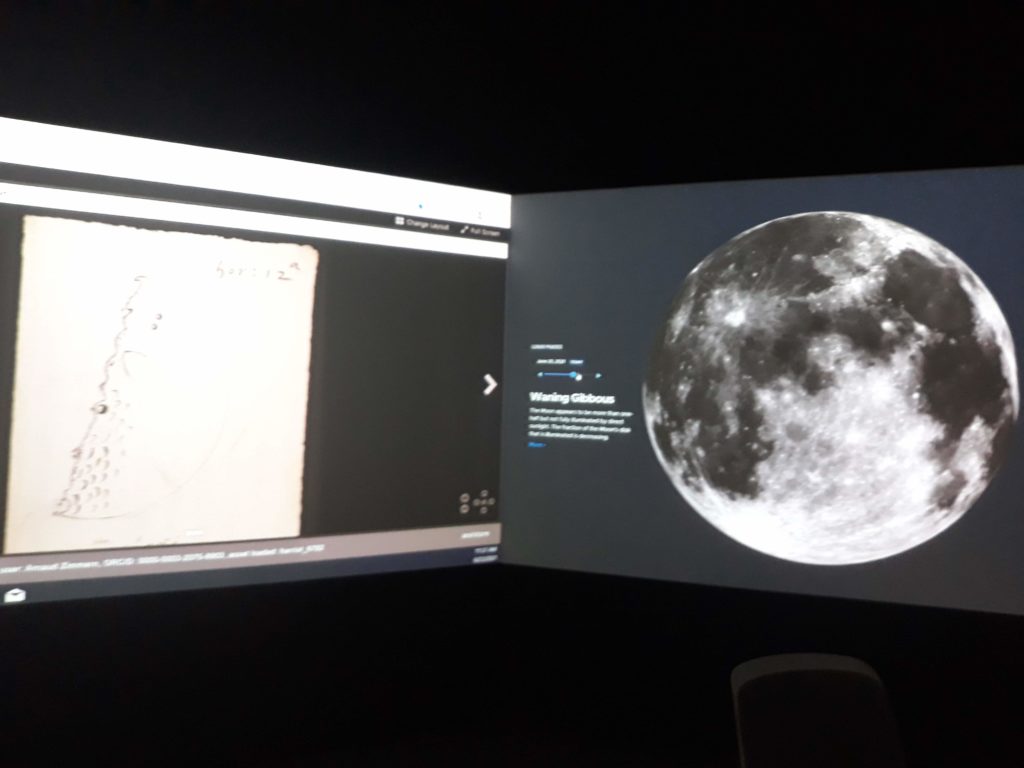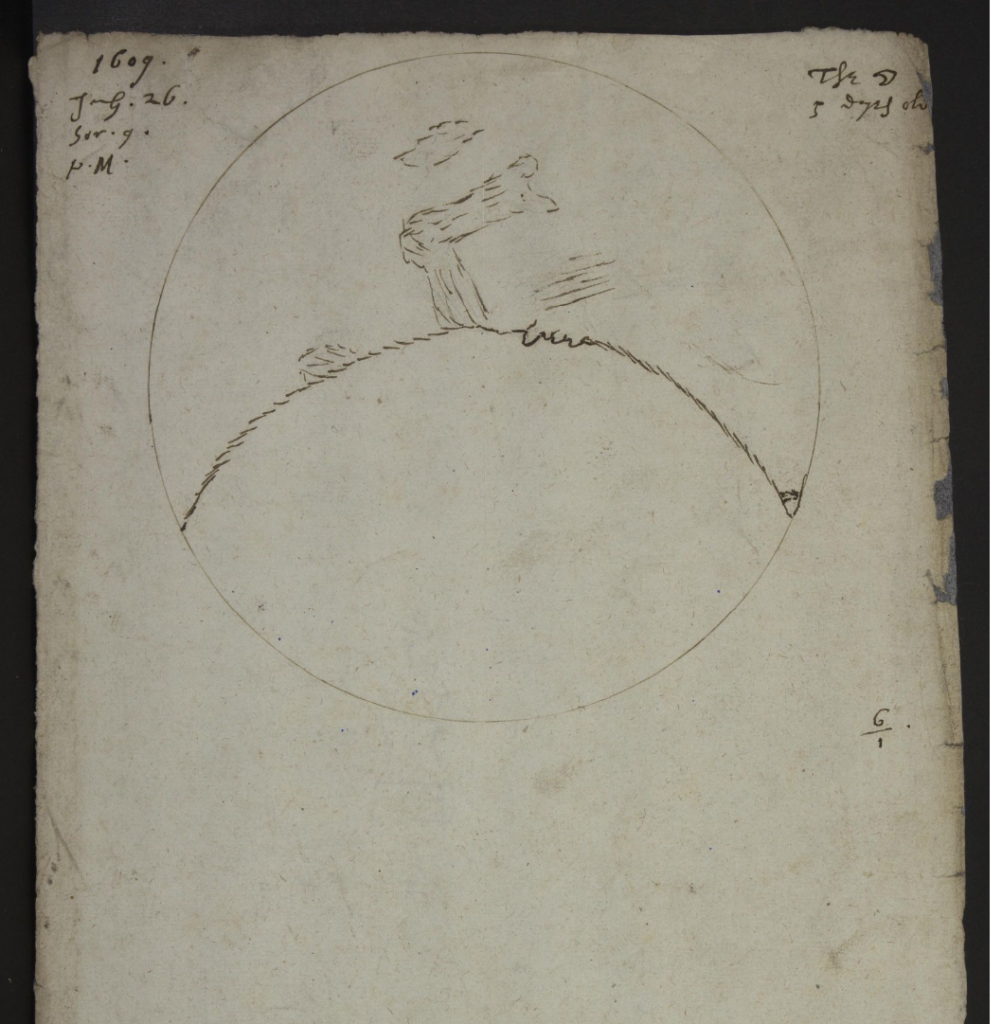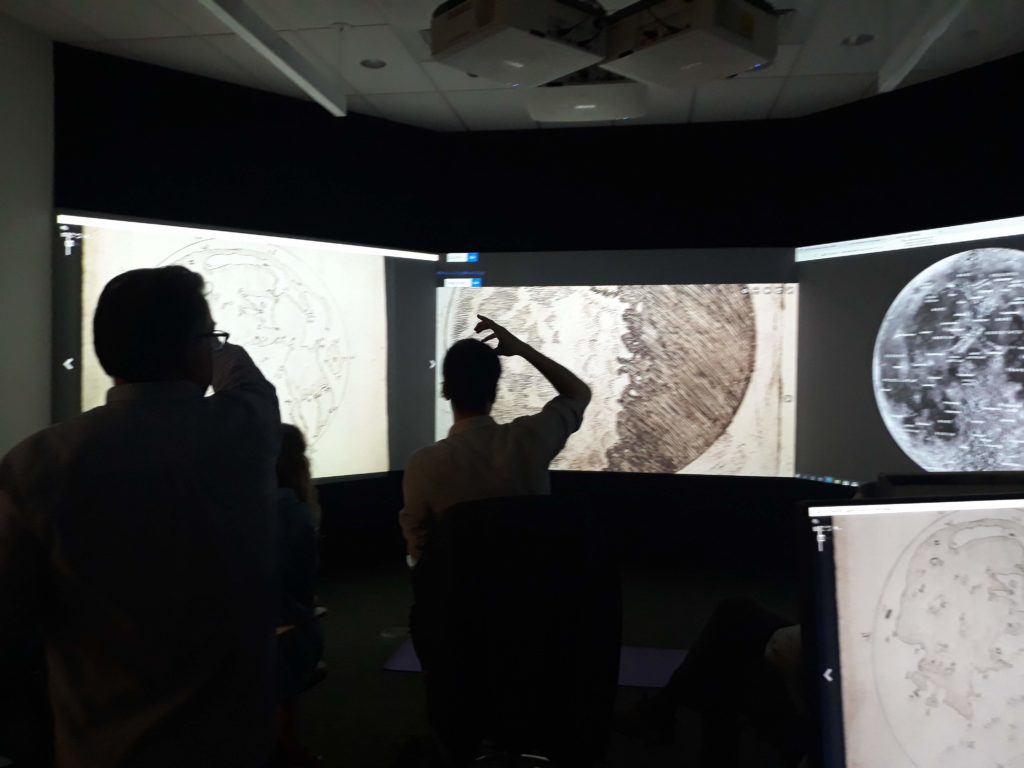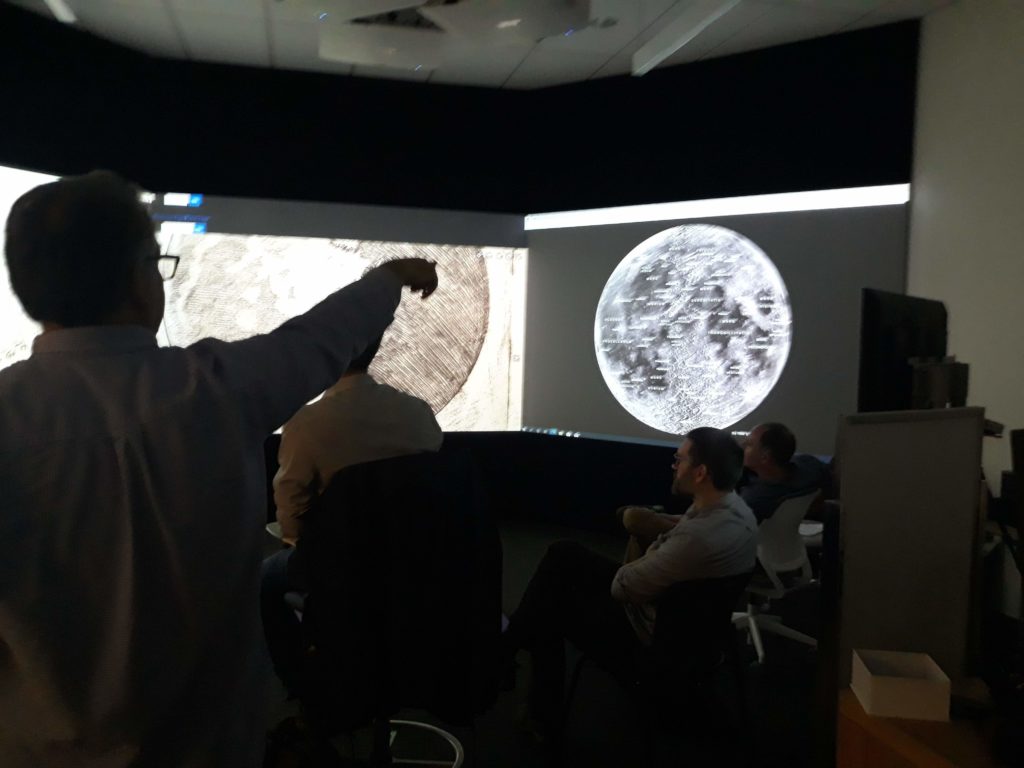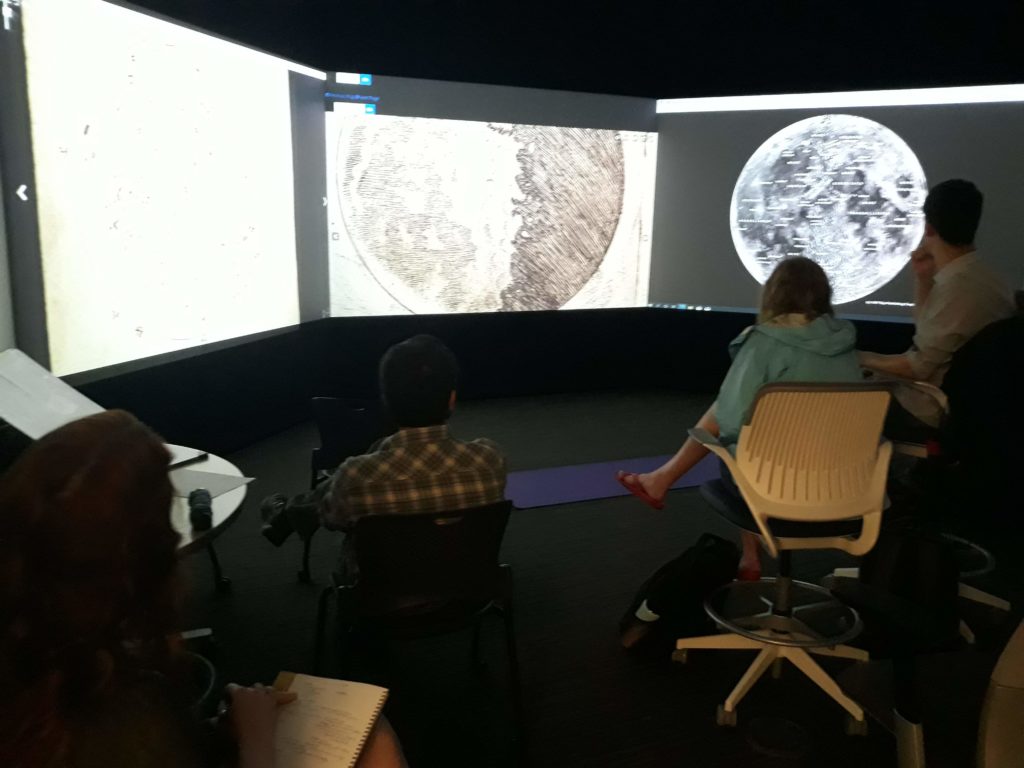Reflections on Refraction
Moonstruck
Here are a few treasures from the Harriot papers, a mixture of manuscripts held at the British Library and Petworth House, with commentary from scholars in captions.
Alphabets & Algebra
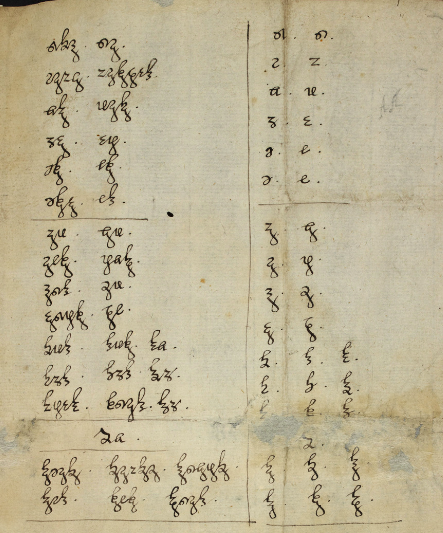
Add MS 6782 f337: “These are the symbols Harriot devised in 1585 for writing down the native Indian language of Algonquin. In the right-hand column there are 12 vowels followed by 24 consonants. In the left-hand column are words representing each sound. The sounds and then the words are transcribed here from Harriot’s notes on another copy of this page, now held at Westminster School, London, and reproduced in Stedall 2007.”“The mathematical work of Thomas Harriot (c. 1560–1621) is distinguished by extensive use of symbolism and other forms of visual imagery and by systematic use of combinations. These characteristics of his mathematical writing were already observable in the mid-1580s, in the phonetic alphabet he devised to record the speech of American Indians.”
Jacqueline Stedall, “Symbolism, combinations, and visual imagery in the mathematics of Thomas Harriot,” Historia Mathematica vol. 34, no. 4 (Nov. 2007), 380-401.
Estimating Earth’s Carrying Capacity
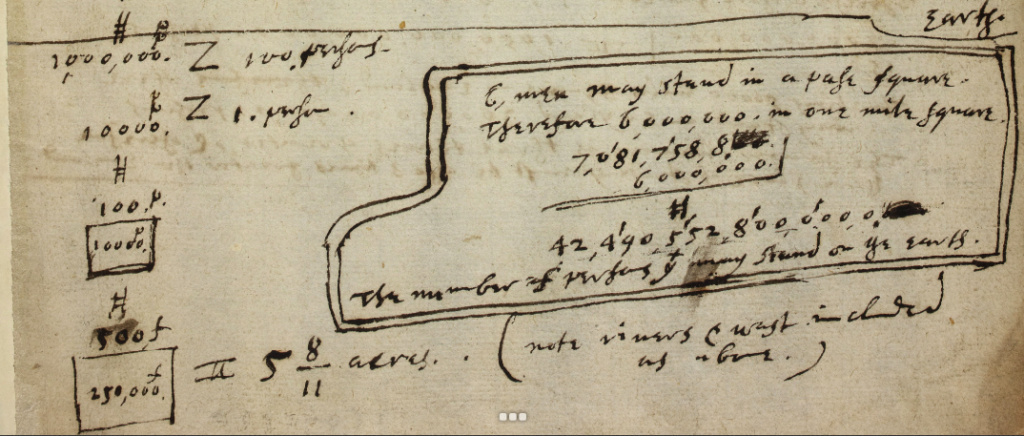
Timothy Sweet, “Would Thomas More Have Wanted to go to Mars? Colonial Promotion and Bio-Power” in Early Modern Ecostudies: From the Florentine Codex to Shakespeare, ed. Thomas Hallock, Ivo Kamps, Karen L. Raber (Palgrave MacMillan 2008), 269.
Check out the annotated Storiiies version of this intriguing manuscript, based on the transcription efforts of this year’s participants!
